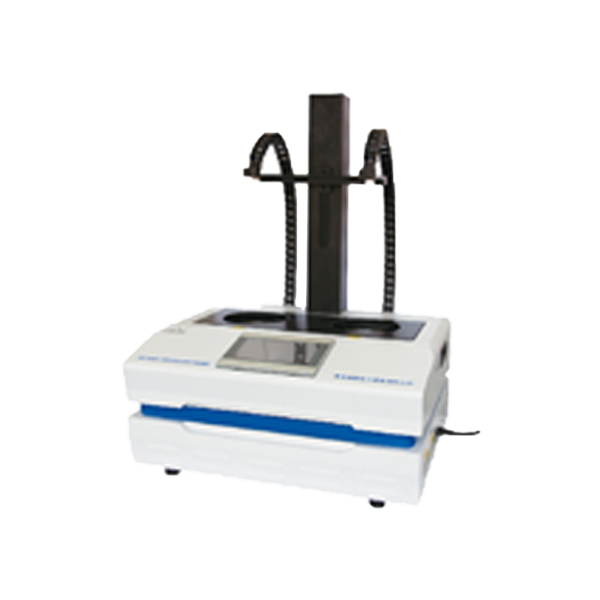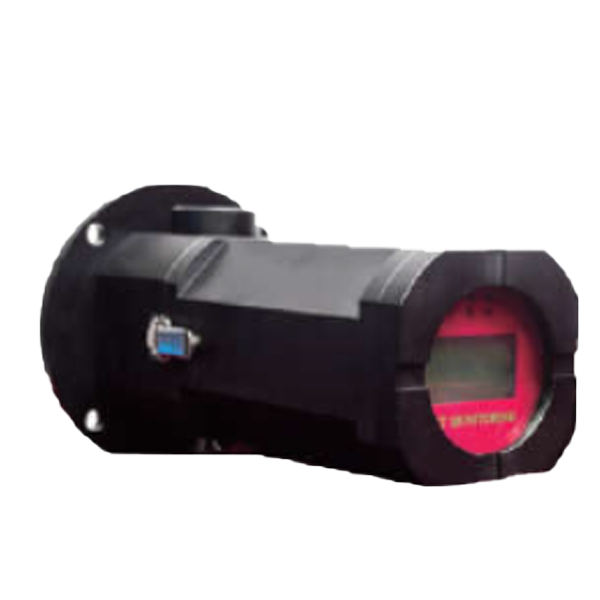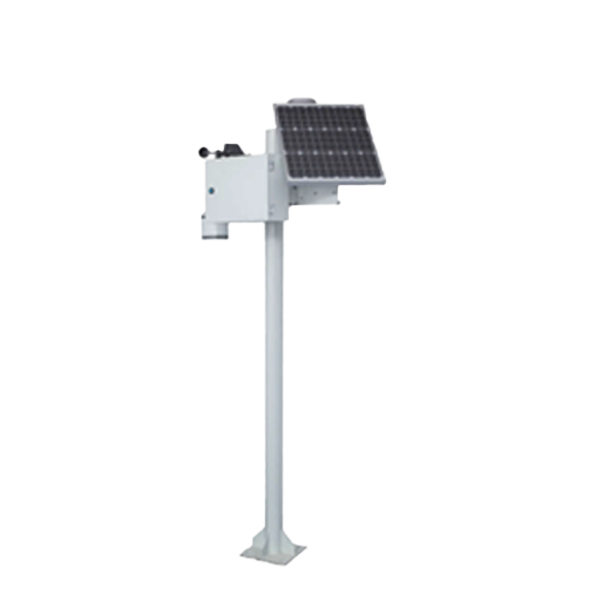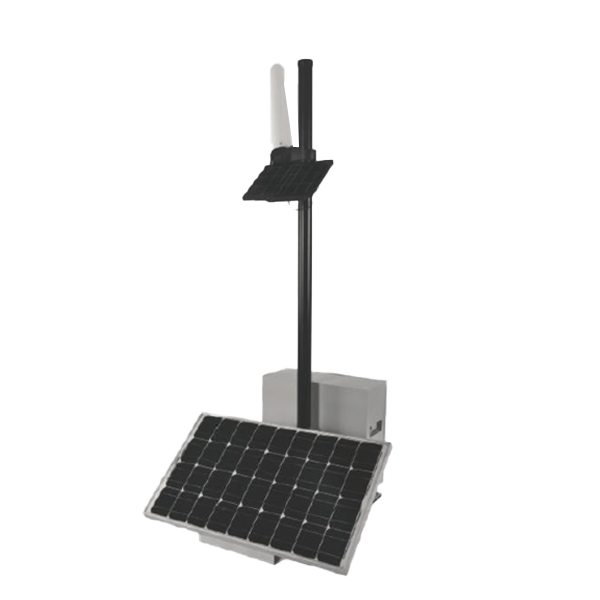hotline:020-29026320 |13903018415
-
-

Radiation detection instrumentation
-
HYGP-2223 exposure type X, γ radiation measuring instrument
-
HYGP-2223BX, gamma dose rate meter (with tripod)
-
FI-329M intelligent household nuclear radiation detector
-
HY-2000M digital multi-channel gamma spectrometer
显示更多 -
-

Laboratory Equipment
-
Radioactive distillation apparatus in water
-
2200Q portable turbidity meter
-
SPE Solid Phase Extraction Device
-
Portable spectrophotometer
显示更多 -
-

Portable environmental monitoring equipment
-
VOCs gas analyzer
-
Portable handheld VOC detector
-
Portable all-in-one multi-parameter analyzer
-
Dust detector
显示更多 -
-

Environmental online monitoring system
-
CM-WG8200 grid air quality detection system
-
On-line monitoring system for CM-VOCs-5000 volatile organic compounds
显示更多 -
-

UAV Online Environmental Monitoring
-
OS-2 UAV Electromagnetic Environment Monitoring System
-
Nuclear emergency radioactive source search UAV
-
UAV Monitoring System
显示更多 -
-

On-line Monitoring System of Electromagnetic Radiation
-
On-line Monitoring System of Electromagnetic Radiation
-
Automatic Monitoring System of HYEH460 Electromagnetic Radiation
-
HY-900A launch type radiation environment automatic monitoring station
-
OS-8 S Frequency Selective Electromagnetic Environment Online Monitoring System
显示更多 -
-
Understanding Radiation Detection Instrumentation: How It Works
2025-06-28
A Glimpse into the World of Radiation
Radiation detection instrumentation plays a crucial role in our understanding of the unseen forces that surround us. From medical applications to environmental monitoring, these tools are vital in ensuring safety and compliance. But let’s not get ahead of ourselves; let’s break down what radiation really is. In simple terms, it’s energy that comes from a source and travels through space. Ever heard of alpha, beta, and gamma radiation? They’re like the three amigos of radiation, each with its own characteristics and behaviors!
The Basics: What Is Radiation Detection Instrumentation?
Alright, let’s get to the meat and potatoes! Radiation detection instrumentation refers to the devices used to identify and measure radiation levels. Think of them as your trusty sidekicks in the fight against radiation exposure. Whether you’re a scientist working in a lab, a technician monitoring nuclear power plants, or a health professional ensuring patient safety, these instruments are indispensable.
How Do They Work?
Now, you might be wondering, “How do these gizmos work?” Well, let’s dig in! At their core, radiation detection instruments either count particles or measure the energy emitted by radioactive materials. They transform the invisible into data you can see! It’s almost like magic, but with a lot of science behind it.
Types of Instruments: The Big Players
So, what kinds of radiation detection instrumentation are out there? Here’s a quick rundown:
- Geiger-Müller Counter: This classic instrument clicks away to indicate the presence of radiation. It’s often the go-to for quick checks.
- Scintillation Detector: With a flash of light, this device detects high-energy radiation. It’s like a disco party for radiation!
- Dosimeter: Think of it as your personal radiation exposure badge. It’s essential for workers in high-radiation areas.
- Ionization Chamber: This one measures the charge produced by ionizing radiation. It’s precise and reliable, perfect for regulatory purposes.
The Science Behind the Scenes
So, how does all this work from a scientific standpoint? When radiation hits a detector, it interacts with the material inside, causing ionization. This ionization leads to the generation of electric signals, which are then processed to give you a readable output. It’s all about converting that invisible energy into quantifiable data!
Why Is It Important?
You might be asking, “Why should I care about radiation detection instrumentation?” Well, let me tell you, it’s a big deal! From ensuring the safety of nuclear facilities to playing a pivotal role in diagnosing and treating cancer, these instruments help protect lives. They also monitor environmental radiation levels, which is crucial for public health. Talk about being on the frontline!
Real-World Applications
Radiation detection instrumentation is everywhere, folks! Here are a few examples:
- Medical Field: In hospitals, radiation detectors are used in imaging and therapy to ensure safe practices.
- Nuclear Industry: These instruments are critical in monitoring radiation levels around nuclear reactors.
- Environmental Monitoring: Governments use radiation detection to keep tabs on environmental safety and compliance.
The Future of Radiation Detection
As technology advances, so does radiation detection instrumentation. New materials and methodologies are constantly being developed, improving precision and reliability. Who knows? The next generation of detectors might be able to communicate data in real-time via your smartphone!
Conclusion: Stay Informed, Stay Safe
In summary, understanding how radiation detection instrumentation works is vital for anyone interested in science, safety, or public health. These instruments are more than just gadgets; they’re essential tools that help us navigate the complexities of radiation in our world. So, the next time you hear that familiar “click” of a Geiger counter, you’ll know it’s not just noise—it’s a powerful ally in the quest for safety!
Previous Page:

COOKIES
Our website uses cookies and similar technologies to personalize the advertising shown to you and to help you get the best experience on our website. For more information, see our Privacy & Cookie Policy
COOKIES
Our website uses cookies and similar technologies to personalize the advertising shown to you and to help you get the best experience on our website. For more information, see our Privacy & Cookie Policy
These cookies are necessary for basic functions such as payment. Standard cookies cannot be turned off and do not store any of your information.
These cookies collect information, such as how many people are using our site or which pages are popular, to help us improve the customer experience. Turning these cookies off will mean we can't collect information to improve your experience.
These cookies enable the website to provide enhanced functionality and personalization. They may be set by us or by third-party providers whose services we have added to our pages. If you do not allow these cookies, some or all of these services may not function properly.
These cookies help us understand what you are interested in so that we can show you relevant advertising on other websites. Turning these cookies off will mean we are unable to show you any personalized advertising.
online message
Telephone:13903018415(Manager Wang)
Business: 020-29026320
E-mail:wangxueli@haiyoukj.com
Address: Room 703, Tian 'an Innovation Building, Panyu Energy Saving Science Park, 555 Panyu Avenue North, Donghuan Street, Panyu District, Guangzhou

Sweep code attention

